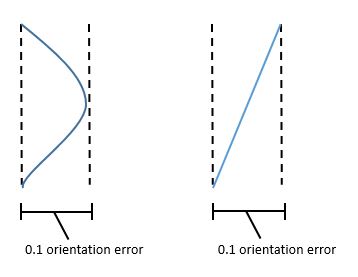Rwelch9
Mechanical
- Apr 22, 2020
- 116
Hi,
I am looking to see if anyone can put into words how a Flatness error would/could affect the parallelism of two planes.
Thanks
Ross
I am looking to see if anyone can put into words how a Flatness error would/could affect the parallelism of two planes.
Thanks
Ross

